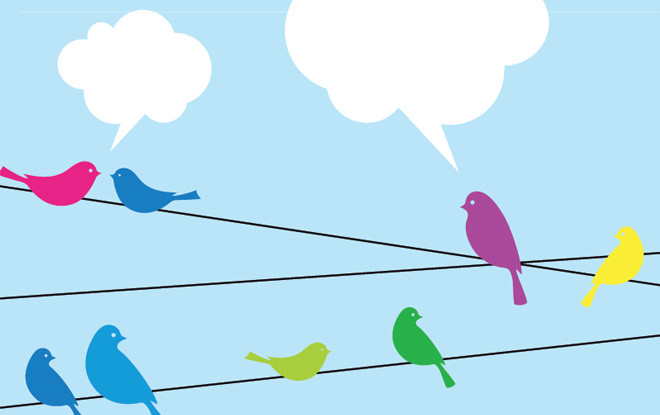It almost goes without saying that Twitter has changed the way corporations communicate. Despite much early sneering about the 140-character limit of a tweet, thousands of very serious companies fire off tweets daily about their latest news.
But does tweeting have any impact on investors? A new empirical study suggests that it does. In particular, Twitter seems to help little-known companies overcome the natural bias of traditional news media toward bigger companies that already get buzz.
The researchers, who include Elizabeth Blankespoor, an assistant professor of accounting at the Stanford Graduate School of Business, found that tweeting measurably increased the market liquidity of stocks that normally get little attention.
That’s important for both practical and theoretical reasons. As a practical matter, corporate investor-relations departments are pouring money into Twitter and other “push” technologies without completely knowing how well they work.
On a more theoretical level, the findings further undermine a key assumption about how markets work. The traditional assumption has been that markets instantly assimilate every new scrap of information as soon as it becomes public. If a company announces its latest earnings over thePR Newswire, for example, the traditional view is that the information reaches everybody in the market immediately.
Many analysts had already found that the real world was messier than that. In the real world, investors get much of their information from the news media — the Wall Street Journal, news services such as Bloomberg, and television networks such as CNBC. And news organizations pay much more attention to high-visibility companies because those are the ones that attract bigger audiences.
Bid-ask spreads narrowed significantly for lesser-known companies when they tweeted about their news. Bigger companies that already enjoyed visibility didn’t see any impact. In other words, tweeting helped level the information playing field at least a bit
Blankespoor teamed up to study Twitter’s market impact with Gregory S. Miller, an associate professor of accounting at the University of Michigan, and Hal D. White, an assistant professor of accounting at Michigan. They suspected that Twitter and other technologies were changing the old rules. For the first time, companies could communicate with investors directly and instantly.
Twitter is hardly the only direct-access technology in use. Many companies also reach investors through mass email alerts, RSS feeds, and Facebook. But for many investor-relations departments, Twitter has become the social networking tool of choice.
To measure Twitter’s impact, the researchers studied one particular form of corporate tweet: those that contain links to a company’s full original announcement.
The researchers compiled tweet data from 2007 through September 2009 for 102 information technology companies (on the theory that IT firms were likely to be early Twitter adopters). They then correlated the tweet activity with trading data about the liquidity of each company’s stock.
Specifically, they looked at the spread between bid and ask prices, or the difference between prices offered by buyers and sellers. Narrow spreads mean that a stock is more liquid and easier to trade, often because investors are more confident about what they know. High-visibility companies with lots of shareholders usually have narrower spreads than lesser-known companies, an indicator of the “information asymmetry” that plagues the lesser-known companies.
Navigating through the Twitter data took some detective work. The researchers had to identify the twitter “handles” for each of the companies, round up all their tweets, and then weed out those that didn’t link back to press releases and other blog posts. They also tabulated how many times people actually clicked on the tweet’s hyperlink. Once they had all that, they correlated the tweets with trading data immediately before and after each news announcement.
For the record, the average company in the study had 28,318 followers over the period (Twitter was still in its infancy). Companies sent an average of 46.9 tweets with links per month, and each link was clicked an average of 141 times.
What the researchers found was that bid-ask spreads narrowed significantly for lesser-known companies when they tweeted about their news. Bigger companies that already enjoyed visibility didn’t see any impact. In other words, tweeting helped level the information playing field at least a bit.
Blankespoor, Miller, and White also looked at whether Twitter had a particular effect on smaller investors, who don’t have as much money for information collection as institutional traders. In theory, Twitter might boost their activity. But the data doesn’t show that. Tweeting didn’t seem to have any meaningful impact on the share of trading in small lots.
The big takeaway, Blankespoor says, is that Twitter and other “direct access information technologies” can help reduce the information disadvantage of small companies. It isn’t just the message that’s important. It’s how widely you can disseminate it.
By Edmund L. Andrews. Originally published by Stanford Graduate School of Business at http://www.gsb.stanford.edu/news/research/bottom-line-corporate-tweeting














